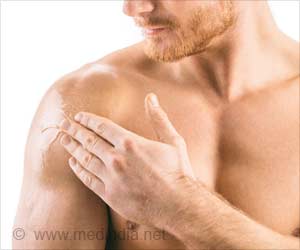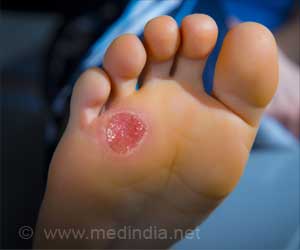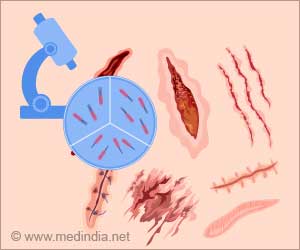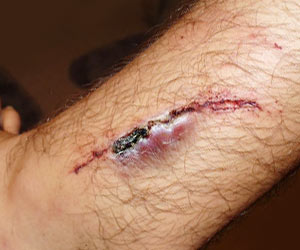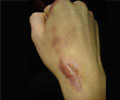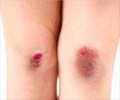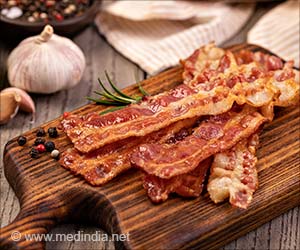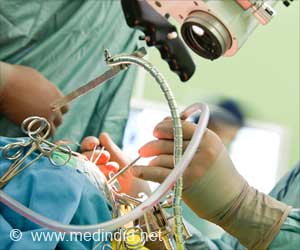Bioactive glass can help silver retain its antibacterial activity for longer, helping heal chronic wounds.
- Pseudomonas aeruginosa is a multi-drug resistant bacteria that usually causes infections in wounds
- Researchers found that bioactive glass doped with ionic silver on biofilms can help wound healing
- The bioactive glass can provide a longer-lasting antibacterial effect than silver alone
Silver + Bioactive Glass: A Deadly Combo for Bacteria in Wounds
Silver keeps antibacterial activity for longer when impregnated with 'bioactive glass,' according to researchers at the University of Birmingham. This is the first time that this promising combination has been proven to provide longer-lasting antibacterial wound protection than traditional alternatives.Bioactive glasses are a distinct type of silicone-based synthetic biomaterials that have been employed in bone grafting for many years (1✔ ✔Trusted Source
Silver-doped bioactive glass fibres as a potential treatment for wound-associated bacterial biofilms
Go to source).
The Role of Silver in Wound Healing
Silver has long been recognized to prevent or slow the establishment of biofilms (bacterial communities) in open wounds, and silver-based treatments are becoming more popular due to their effectiveness against many antibiotic-resistant strains of bacteria.These antimicrobial properties rely on silver remaining in an ionic form in order to penetrate bacterial cell walls and disrupt their life cycle, but silver ions or nanoparticles in wound dressings are prone to converting to silver sulfide or silver chloride, which can reduce antimicrobial activity and hinder treatment success.
The researchers analyzed the effects of bioactive glass doped with ionic silver on biofilms formed by Pseudomonas aeruginosa, a multidrug-resistant bacteria that forms biofilms easily and is a common cause of infection in chronic wounds.
The study, which was published in the journal Biofilm, demonstrated that precise preparation, storage, and application strategies can reduce the transition of silver ions to silver chloride while retaining antibacterial efficacy.
What Makes Bioactive Glass Desirable for Would Healing
The Birmingham team is already well-versed in bioactive glass, which is being employed as a bioactive degradable graft material.The key components of bioactive glass in this application are its fibrous form, which provides a 3D porous structure that is strong and packable, as well as the diameter and density of the glass fibers to enable tissue growth.
The researchers are keen to connect with businesses that are interested in working together or developing solutions for dental surgery or wound care.
Reference:
- Silver-doped bioactive glass fibres as a potential treatment for wound-associated bacterial biofilms - (https://www.sciencedirect.com/science/article/pii/S2590207523000126)
Source-Medindia


